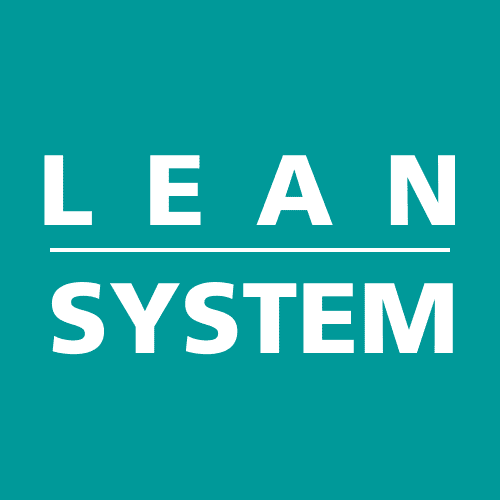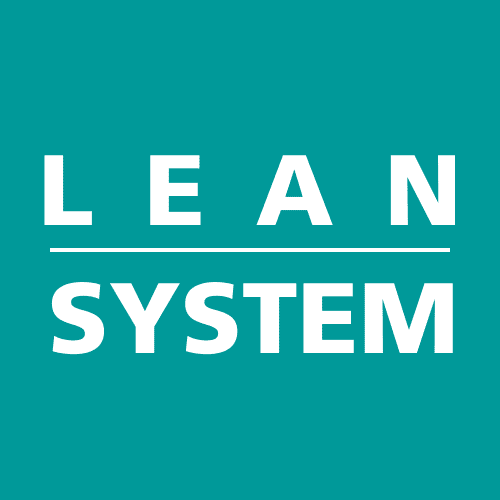As per requirement of ISO 9001:2015 standard there are mandatory documentation requirement this cab be either records or document.
Articles
ISO 9001 Internal Audits Overview
ISO 9001 Internal Audits is a requirement of ISO 9001:2015 standard as per clause 9.2. These audits are used to assess the effectiveness of an organization's quality management system, identify areas for improvement, and meet the requirements of ISO 9001:2015 Sta...
A cause and effect diagram, also known as a fishbone diagram or Ishikawa diagram, is a tool used to identify the root causes of a problem or issue. It is used to organize and analyze potential causes, and to identify the most likely cause of the problem.
To create a cause and effect diagram, you star...
What is control plan
A form for recording about components and procedures. Information on essential attributes, SPC, gauge variation, and procedure is among the important categories.
The Control Plan can also function as operator instructions and should be a living document.
Why control plan is require...
What is histogram
Histogram bar graph showing the distribution of the various measurements made on a component or process. Because the height of the bar represents how frequently each particular value occurs, these are also known as frequency distributions.
A histogram is a graphical representat...

